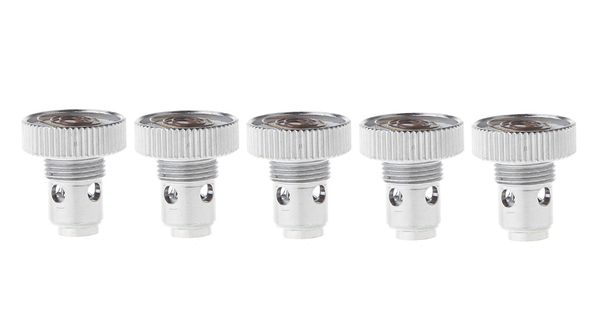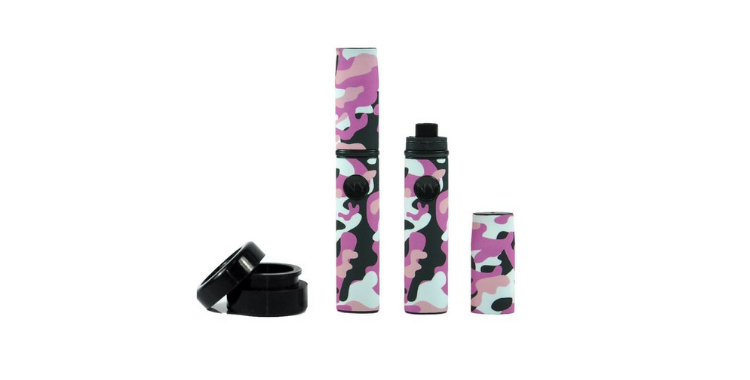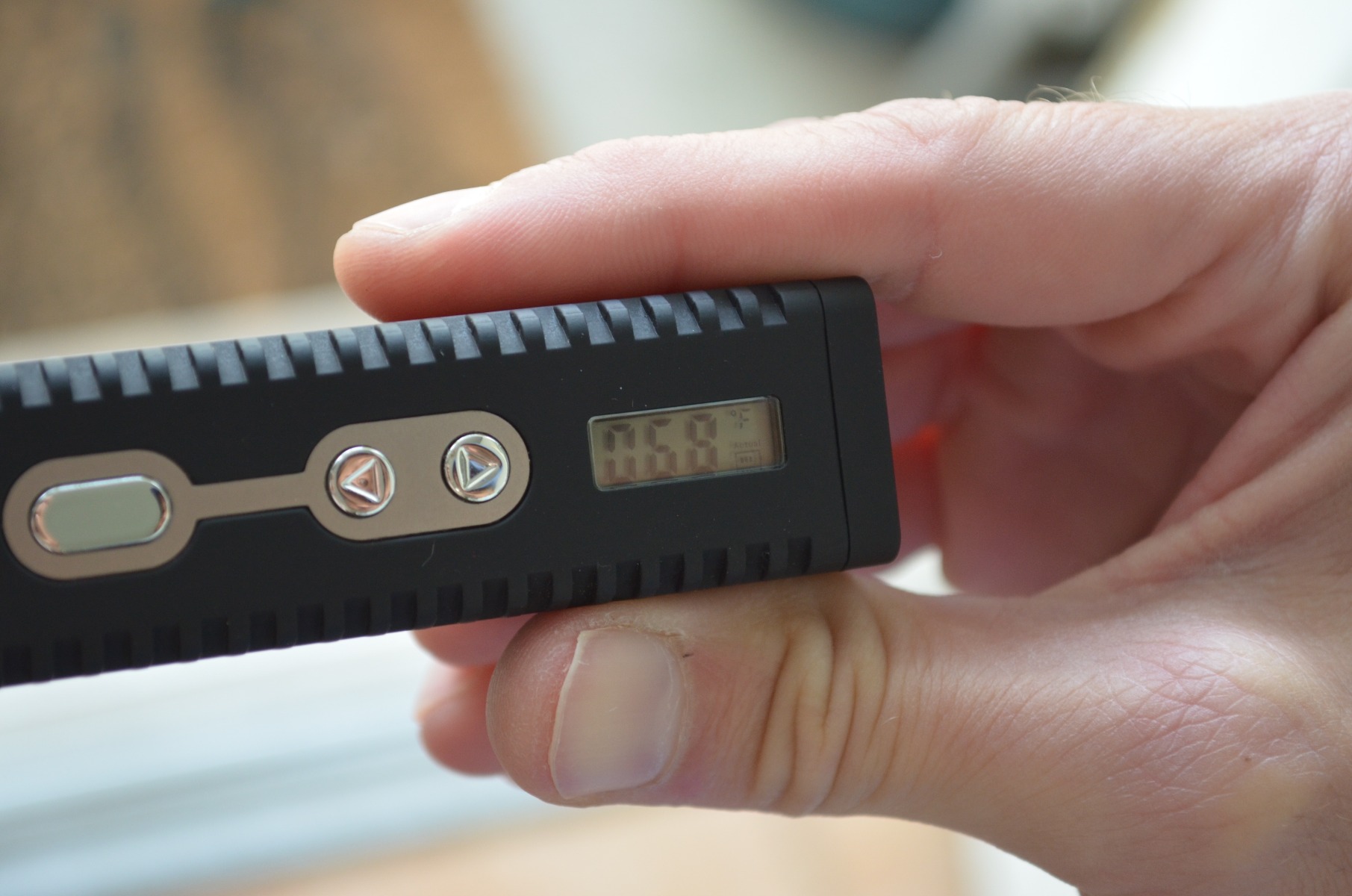Dictionary of Vaporizer Terms Part 1
When shopping for a vaporizer, it’s difficult to know where to start. The dizzying array of options, products, and terms can leave consumers feeling bewildered and unsure of what it is they even want, let alone what the best option is.
When shopping for a vaporizer, it’s difficult to know where to start. The dizzying array of options, products, and terms can leave consumers feeling bewildered and unsure of what it is they even want, let alone what the best option is.
Thankfully, NYVapeShop has you covered. We’ve taken the liberty of compiling a list of dry herb vaporizer components -- to be part of a longer-running series -- in which we offer guidance on the purpose of each component. This way, you’ll never be wanting for basic and valuable vape knowledge ever again!
Vape Coils
Also known as ‘atomizers,’ vaporizer coils are the small heating elements that are responsible for producing vapor or smoke from different vaporizers. However, because vaporizers can be used to heat a number of different substances, there are therefore several kinds of coils available for purchase.

Ceramic Rod Coil
These babies -- which are ideal when vaping wax and oils -- are probably the most common kinds of coils. Ceramic rod coils are less expensive than the higher-end quartz rod coils, meaning that they are perfect for consumers who are looking to get good bang for their buck and not wanting to splurge on vaporizer components.
Quartz Rod Coil
Quartz rod coils are used primarily for wax vaporizers, and they pack a helluva punch. A unique characteristic of quartz rod coils is that, unlike some other vaporizers, quartz are not saddled with a slightly metallic or synthetic flavor; instead, quartz coils give off a sleek and smooth flavor that will have you vaping till the cows come home.

Wick Coil
Wick coils are nifty little atomizers -- also used for wax and oils -- that do not require as much heat as much heat as quartz or rod coils in order for the user to imbibe the substance. This is because wick coils enable the wax or oil to be held inside the coil, allowing the user to smoke more of the substance while conserving the vape’s battery life.
Pancake Coil
Pancake coils, while remaining relatively low-tech, and can be used in order to imbibe either wax or dry herb flowers. They also often come with a sizable chamber, meaning that whatever substance you’re enjoying, chances are that you’ll be able to enjoy a lot of it!
Battery Components
When evaluating vaporizers, an important detail to be mindful of the vaporizer's battery components. This will help you as a consumer to avoid confusion, and to ensure that you will never purchase a vape battery product that is incompatible with a given vaporizer.
mAh Level
A vaporizer battery’s mAh level dictates a given battery’s storage capacity. For example, browse our online vape shop and find the G Pen Dash dry herb vaporizer that has a 950mAh. A more powerful vaporizer like the Titan 2 vaporizer will come with a higher mAh level at 2200mAh.

Threading
The word ‘threading’ in regards to vaporizers references the way in which the battery screws onto the vaporizer body.
Two of the most common kinds of threading are known as Atmos threading (710 thread) and 510 threading. Generally speaking, a heating chamber will screw onto the outside of an Atmos threaded battery. One example of this would be the vape shop's AGO vape pen battery.
The opposite is true of a 510 battery. Again, in general, the body of a vaporizer screws onto the inside of a 510 battery. An example found in our online vape shop is the vape cartridges which screw into the battery.
Knowing your battery’s threading can ensure that you never go wrong in buying batteries for the next time you’re looking to vape. Happy vaping!
Related Blog Posts
Blog Categories
- Home
- Industry News
- Vaporizer Reviews
- Dry Herb Vape Tutorials & FAQ
- Wax Pen Vape Tutorials & FAQ
- Oil Vape Pen Tutorials & FAQ
- Vaping Guides & Information
- Dabbing FAQ & Guides
- Smoking Pipe Tutorials
- NY Vape Shop Listicles
- Vape Pen Comparisons
- Vape Shop How To Articles
- Vape Shop Buyers Guide
- Vape Pen Basics
- Herb Grinder Reviews
- Dry Herb Vaporizer Reviews
- Oil Vape Pen Reviews
- Wax Pen Reviews
- Box Mod Vape Reviews